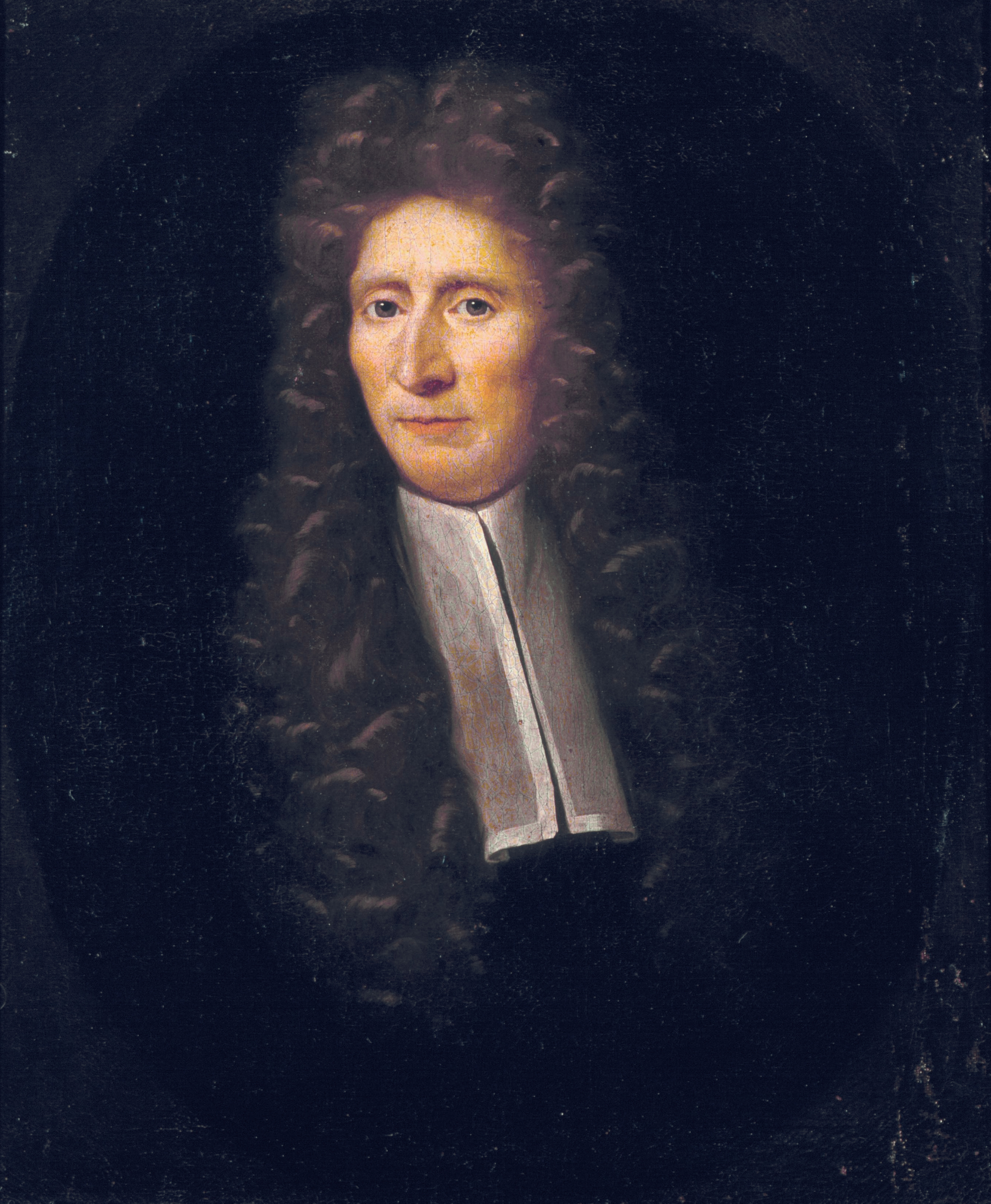Anatomist, Botanist. He is best-remembered as an 18th-century Dutch Anatomist, who gained fame for groundbreaking developments made in anatomical preparation and for his dioramas composed of human body parts. He was a master embalmer and provided items for museums. He studied at the university in Leiden under Franciscus Sylvius. Ruysch's chief skill was the preparation and preservation of specimens in a secret liquor balsamicum and he is believed to be one of the first to use arterial embalming to this effect. In 1668 Ruysch was made the chief instructor to Amsterdam's midwives, and through this position, he had access to many stillborn and fetal remains that would feature heavily in his anatomical work. His daughter Rachel Ruysch, who would achieve fame in her own right as a still-life painter, sewed lace collars to adorn the dead infants. Russia's Tsar Peter the Great was so impressed by Ruysch's "repository of curiosities" that in 1717, he bought it all for 30,000 guilders. Everything was shipped to St. Petersburg and would become the basis of the Academy of Sciences of Russia's first public museum, the Kunstkamera. The collection can still be viewed there today. Though many of Ruysch's preparations have survived the centuries, none of his vanitas tableuxs are known to still exist. All that remains of them are contemporary illustrations.
Anatomist, Botanist. He is best-remembered as an 18th-century Dutch Anatomist, who gained fame for groundbreaking developments made in anatomical preparation and for his dioramas composed of human body parts. He was a master embalmer and provided items for museums. He studied at the university in Leiden under Franciscus Sylvius. Ruysch's chief skill was the preparation and preservation of specimens in a secret liquor balsamicum and he is believed to be one of the first to use arterial embalming to this effect. In 1668 Ruysch was made the chief instructor to Amsterdam's midwives, and through this position, he had access to many stillborn and fetal remains that would feature heavily in his anatomical work. His daughter Rachel Ruysch, who would achieve fame in her own right as a still-life painter, sewed lace collars to adorn the dead infants. Russia's Tsar Peter the Great was so impressed by Ruysch's "repository of curiosities" that in 1717, he bought it all for 30,000 guilders. Everything was shipped to St. Petersburg and would become the basis of the Academy of Sciences of Russia's first public museum, the Kunstkamera. The collection can still be viewed there today. Though many of Ruysch's preparations have survived the centuries, none of his vanitas tableuxs are known to still exist. All that remains of them are contemporary illustrations.
Bio by: Tudor Rose
Family Members
Advertisement
See more Ruysch memorials in:
Records on Ancestry
Sponsored by Ancestry
Advertisement



